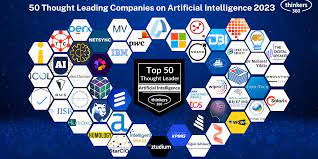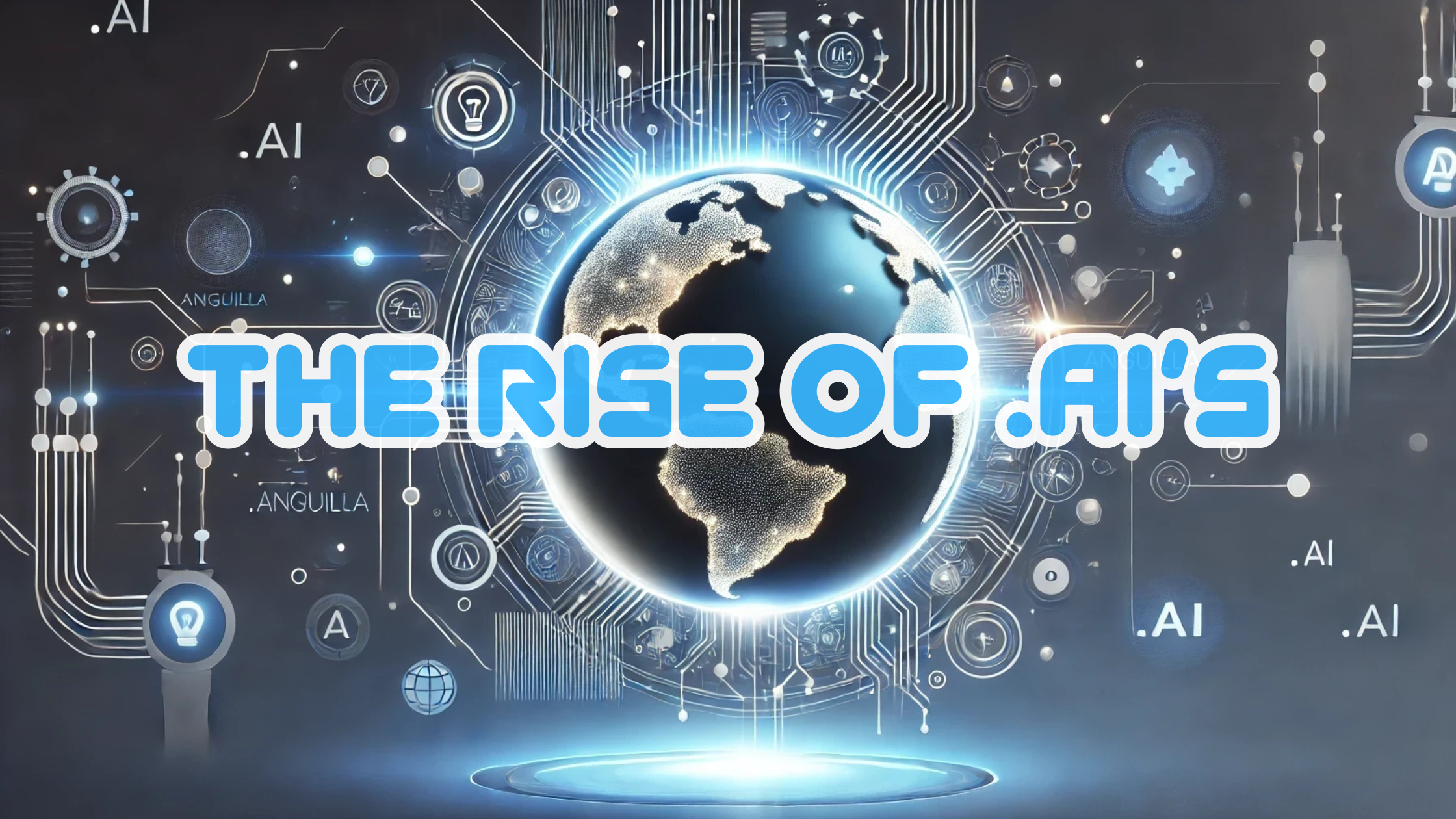Revolutionizing Industries with NVIDIA AI: A Glimpse into the Future of Technology
NVIDIA AI: Transforming the Future of Technology
As a leader in the field of artificial intelligence, NVIDIA is at the forefront of technological innovation. Known for its powerful GPUs, NVIDIA has expanded its reach into AI, providing cutting-edge solutions that are transforming industries across the globe.
The Role of NVIDIA in AI Development
NVIDIA’s journey into AI began with its pioneering work in graphics processing units (GPUs). These GPUs are not only essential for high-end gaming but have also become crucial for training complex AI models. The parallel processing capabilities of NVIDIA’s GPUs make them ideal for handling the massive datasets required for machine learning and deep learning applications.
Key Innovations and Products
- NVIDIA Tensor Cores: Specially designed to accelerate AI workloads, Tensor Cores are integrated into NVIDIA’s latest GPU architectures. They significantly boost performance for deep learning tasks.
- CUDA Platform: NVIDIA’s CUDA is a parallel computing platform and application programming interface model that allows developers to harness the power of GPUs for general-purpose processing.
- NVIDIA DGX Systems: These are purpose-built AI supercomputers that provide researchers and developers with powerful tools to train complex models faster and more efficiently.
Impact on Various Industries
NVIDIA’s AI technologies are revolutionizing numerous sectors:
- Healthcare: In medical imaging and diagnostics, NVIDIA’s AI solutions help in analyzing vast amounts of data quickly, leading to faster and more accurate diagnoses.
- Automotive: With autonomous vehicles on the rise, NVIDIA’s DRIVE platform offers advanced solutions for self-driving cars, enhancing safety and efficiency.
- Entertainment: In gaming and virtual reality, NVIDIA’s GPUs deliver stunning visuals and immersive experiences powered by real-time ray tracing and AI-enhanced graphics.
The Future of NVIDIA AI
The future looks promising as NVIDIA continues to push the boundaries of what’s possible with AI. The company’s ongoing research in areas such as natural language processing, robotics, and data analytics suggests that we can expect even more groundbreaking advancements in the coming years.
A Commitment to Innovation
NVIDIA remains committed to driving innovation through continuous investment in research and development. By collaborating with leading researchers, universities, and industry partners worldwide, they aim to create a robust ecosystem that supports next-generation technologies.
In conclusion, NVIDIA’s contributions to artificial intelligence are shaping the future by enabling smarter technologies that improve our daily lives. As they continue to innovate, we can anticipate even greater strides toward an intelligent future powered by their cutting-edge solutions.
Top 8 FAQs About Nvidia’s Role and Products in AI
- Which Nvidia AI GPU is best?
- Is Nvidia going into AI?
- Is NVIDIA an AI company?
- What is the best AI stock to buy right now?
- What does Nvidia AI do?
- What is the Nvidia AI?
- What is GPU AI?
- Is Nvidia a good AI stock?
Which Nvidia AI GPU is best?
Choosing the best NVIDIA AI GPU depends on specific needs and use cases, as NVIDIA offers a range of GPUs tailored for various AI applications. For high-performance deep learning tasks, the NVIDIA A100 Tensor Core GPU is often considered the top choice due to its exceptional computational power and ability to handle large-scale AI models with efficiency. It is designed for data centers and provides significant improvements in performance for training and inference workloads. On the other hand, for developers or smaller teams working on AI projects, the NVIDIA RTX 3090 offers a more accessible option with substantial power at a lower cost, suitable for research and development in machine learning and AI. Ultimately, the best choice will depend on factors such as budget, project scale, and specific computational requirements.
Is Nvidia going into AI?
Yes, NVIDIA is deeply involved in the field of artificial intelligence. The company has significantly expanded its focus beyond its traditional role in graphics processing to become a leader in AI technology. NVIDIA’s GPUs are widely used for AI and machine learning applications due to their powerful parallel processing capabilities, which are essential for handling complex computations and large datasets. The company has developed specialized hardware and software platforms, such as Tensor Cores and the CUDA platform, to accelerate AI workloads. Additionally, NVIDIA offers AI solutions across various industries, including healthcare, automotive, and entertainment, demonstrating its commitment to advancing AI technologies and driving innovation in this rapidly growing field.
Is NVIDIA an AI company?
NVIDIA is widely recognized as a leading technology company with a significant focus on artificial intelligence (AI). While it initially gained fame for its graphics processing units (GPUs), which revolutionized gaming and computer graphics, NVIDIA has strategically expanded its expertise into AI. The company’s powerful GPUs are now integral to AI research and development, as they provide the computational power necessary for training complex machine learning models. Furthermore, NVIDIA has developed specialized AI platforms and frameworks, such as CUDA and Tensor Cores, that facilitate the development of AI applications across various industries. As a result, NVIDIA is not just a hardware company but also a major player in the AI landscape, driving innovation in fields like autonomous vehicles, healthcare, and data analytics.
What is the best AI stock to buy right now?
When considering the best AI stock to buy, NVIDIA often emerges as a top contender due to its leading position in the artificial intelligence sector. The company’s advanced GPUs and AI-focused technologies have made it a critical player in powering machine learning and deep learning applications across various industries. NVIDIA’s consistent innovation, strategic acquisitions, and partnerships have strengthened its market presence and growth potential. Additionally, with the increasing demand for AI solutions in areas like autonomous vehicles, healthcare, and cloud computing, NVIDIA is well-positioned to benefit from these expanding markets. However, as with any investment decision, it’s essential to conduct thorough research and consider market conditions before making a purchase.
What does Nvidia AI do?
NVIDIA AI leverages advanced computing technology to develop powerful artificial intelligence solutions that drive innovation across various industries. By utilizing their high-performance GPUs and specialized software platforms, such as CUDA and TensorRT, NVIDIA enables the rapid training and deployment of complex AI models. This technology supports a wide range of applications, from enhancing visual experiences in gaming and enabling autonomous vehicles to improving healthcare diagnostics and accelerating scientific research. NVIDIA AI provides the tools and infrastructure necessary for developers, researchers, and businesses to harness the full potential of AI, facilitating smarter decision-making and more efficient processes.
What is the Nvidia AI?
NVIDIA AI refers to the suite of artificial intelligence technologies and solutions developed by NVIDIA, a leader in GPU manufacturing and high-performance computing. Leveraging its powerful graphics processing units, NVIDIA has expanded into the AI domain, offering platforms and tools that accelerate machine learning and deep learning applications. These include specialized hardware like Tensor Cores integrated into their GPUs, software frameworks such as CUDA, and comprehensive systems like NVIDIA DGX for AI research and development. NVIDIA AI is used across various industries, from healthcare to automotive, enabling advancements in areas such as autonomous vehicles, medical imaging, and data analytics by providing the computational power needed to process large datasets efficiently.
What is GPU AI?
GPU AI refers to the use of Graphics Processing Units (GPUs) to accelerate artificial intelligence tasks, particularly in the areas of machine learning and deep learning. Unlike traditional CPUs, which are designed for general-purpose processing, GPUs are optimized for parallel processing, making them ideal for handling the large-scale computations required by AI algorithms. This parallelism allows GPUs to process thousands of operations simultaneously, significantly speeding up the training and inference processes of complex neural networks. NVIDIA has been a pioneer in this field, developing specialized GPUs and platforms that enhance AI performance across various applications, from image and speech recognition to autonomous driving and scientific research. By leveraging the power of GPU AI, developers can achieve faster results and tackle more complex problems than ever before.
Is Nvidia a good AI stock?
NVIDIA is often considered a strong AI stock due to its leadership in the graphics processing unit (GPU) market and its significant investments in artificial intelligence technologies. The company’s GPUs are widely used for AI and machine learning applications because of their ability to handle complex computations efficiently. NVIDIA’s strategic focus on AI extends beyond hardware, as it also provides software platforms and development tools that support various AI initiatives. With the growing demand for AI solutions across industries such as healthcare, automotive, and technology, NVIDIA is well-positioned to capitalize on these trends. However, like any investment, potential investors should consider market conditions, the company’s financial health, and broader economic factors before making decisions.










